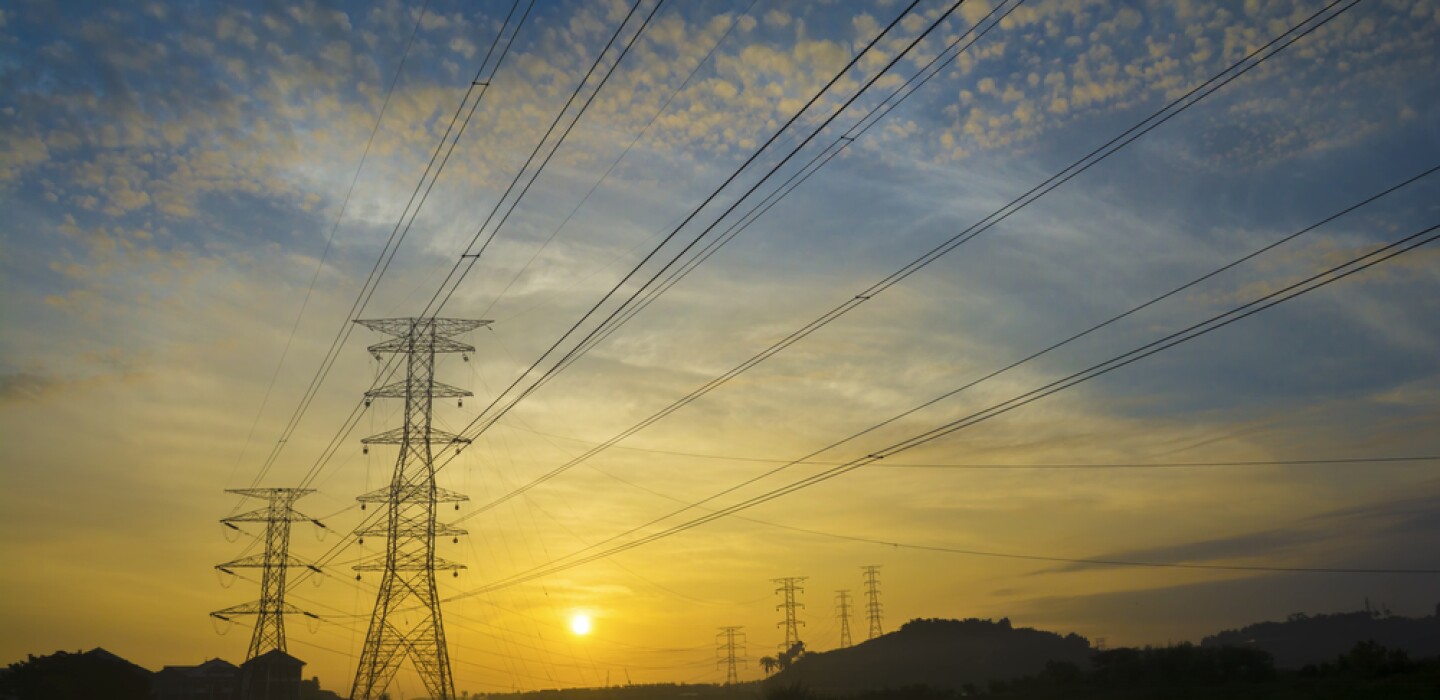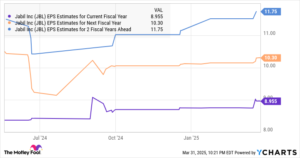Surge in Future Electricity Demand Driven by AI and Electric Vehicles

Growing Demand for Electricity: A Response to Data Centers and Electric Vehicles
The increasing use of data centers and electric vehicles (EVs) is leading to a significant rise in electricity demand. With projections suggesting a 50% increase by 2050, the need for innovations in efficiency and energy generation is becoming critical. According to a study by the National Electrical Manufacturers Association (NEMA), titled A Reliable Grid for an Electric Future, shared in early April 2025, this spike in electricity consumption is unprecedented in recent decades.
Factors Contributing to Increased Electricity Demand
Data Centers and AI
Data centers, particularly those supporting artificial intelligence (AI) applications, are projected to account for nearly 9% of the United States’ electricity demand by 2030. A report from the American Council for an Energy-Efficient Economy highlights that the energy required to power these data centers could also meet the charging needs of electric vehicles, assuming a substantial increase in EV adoption.
- Current EV Market Share: At present, fully electric vehicles make up about 9% of the U.S. market for light-duty vehicles, according to the U.S. Energy Information Administration.
- Future Projections: Data centers are leading the charge in increased electricity demands, particularly in regions like the Mid-Atlantic states and Texas, where there has been intense development.
E-Mobility Growth
Over the next decade, the demand from electric mobility is anticipated to grow by approximately 9,000% according to NEMA’s President and CEO, Debra Phillips. This growth will not only be concentrated in the Northeast and West but is also expected to accelerate due to the increasing regulatory initiatives in states like California, Oregon, and New York.
Introducing Policy and Incentives
To address the anticipated rise in electricity demand, it’s essential to enhance the efficiency of utilities and electricity consumers. The Inflation Reduction Act of 2022 offers various incentives aimed at boosting energy efficiency and renewable energy production. This act includes significant tax credits and rebates designed to promote energy storage, improve appliance efficiency, and encourage clean energy shifts.
Key Components of the Inflation Reduction Act
- Incentives for Utilities: This legislation provides incentives for electric utilities to implement modernization strategies that can enhance grid reliability.
- Support for Consumers: The act also benefits consumers by promoting energy efficiency improvements in their homes and businesses.
However, challenges remain. Political shifts have affected the implementation of these measures, causing uncertainty in the electricity sector. Recent global tariffs and measures taken by the current administration have created complications for utilities as they prepare for the future challenges of energy supply and consumption.
Ensuring Grid Resilience
Industry experts emphasize the need for federal support in enhancing the electrical grid’s resilience. Rich Stinson, CEO of Southwire, highlights that targeted government investments are crucial for utilities and manufacturers to better prepare for increasing electricity demands and potential blackouts.
- Need for Predictability: Industry leaders request more predictability from the federal government regarding investments in electric infrastructure.
- Focus on Manufacturing: There is a push for industrial policies that keep U.S. manufacturers competitive, especially as the energy landscape changes rapidly.
Future Outlook
While the EV adoption rate may have slowed slightly, the evolution of technology—particularly regarding battery advancements and reducing costs—remains a driving force for consumer interest. The attention on making the grid more efficient and adapting to these rising demands is paramount.
As authorities and industry stakeholders navigate these challenges, the emphasis on creating a resilient and robust energy supply framework will play a pivotal role in shaping the future of electricity consumption in the United States.






